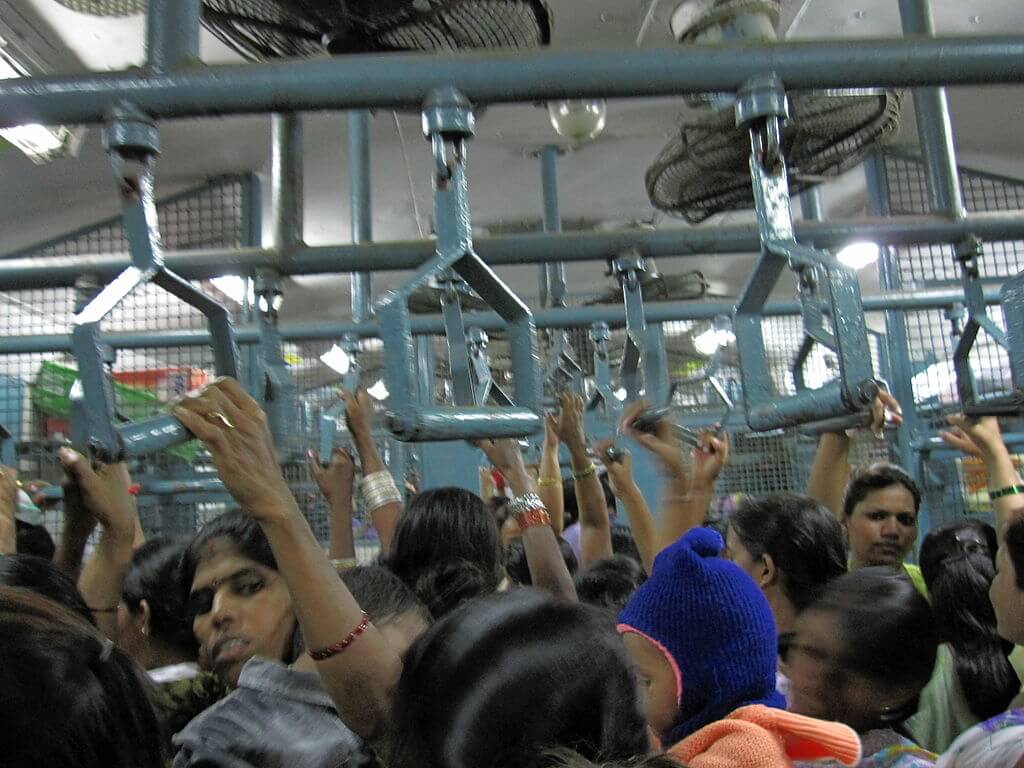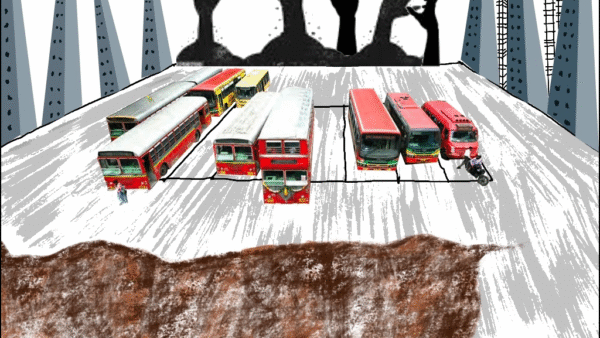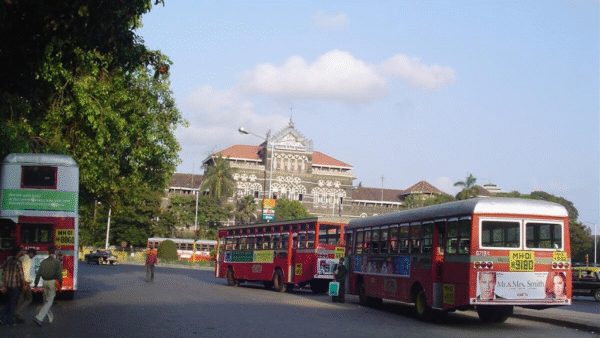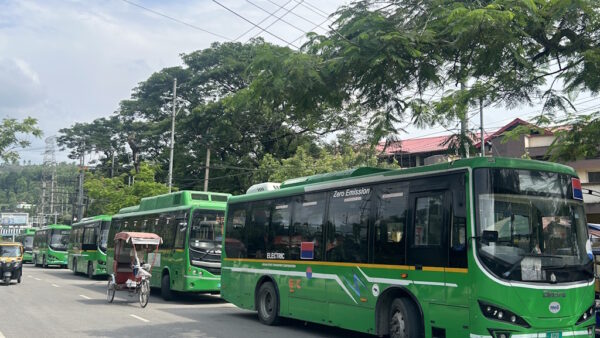When the Development Plan (DP) 2034 was first unveiled, it attracted an avalanche of criticism because it contained hundreds of errors and lapses. Dr Ramanath Jha was appointed to head the revision or remaking of the plan. A veteran bureaucrat, with long experience in managing municipalities across Maharashtra with stints as commissioner of Mumbai Metropolitan Region Development Authority (MMRDA) and regional advisor (South Asia) for the Urban Management Programme of the UN-Habitat, Dr Jha saw the opportunity to weave in gender-specific services into the DP. He invited the Gender and DP Group, a collective of women’s groups, other marginalised groups, and feminists, for consultations and suggestions on what Mumbai’s plan can provide.
The revised Development Plan turned out to be the first plan in India with a chapter detailing gender concerns and making provisions for services to address the needs of women. There remain concerns about whether this is sufficient, what categories of women will access the services – when they are eventually realised through the work that the Brihanmumbai Municipal Corporation will do – and if non-binary genders have been adequately provided for. Yet, it is significant that a beginning was made and it would be difficult to ignore gender issues while planning and making the city in the future. Dr Jha shares that journey with Question of Cities and underscores the need for urban planning to address women’s needs if cities have to be gender-inclusive.
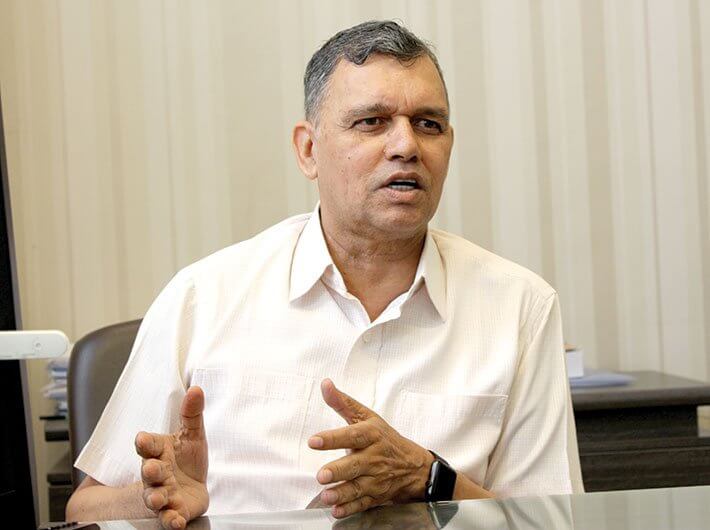
Photo: Governance Now
How would you relate urban planning with gender?
Governance of a city is one aspect, I have been in governance for many years, but planning is different. Urban planning, what is in the plan and how it gets there, is highly significant for a city to run properly. If we want cities to be more gender-equal, or gender friendly, the work has to start with planning. For gender equity, we have to see what it means in spatial terms in the city’s plans, how to bring this in at the planning level, and reserve spaces in the city. If the spatial aspect has been taken care of in urban planning, then we can come to governance and actually making it happen.
Cities, as they are now planned and built, are not inclusive of women and other marginalised groups.
Right, all the people who live in a city or work and use its services, are not uniform. There are women, children and youth, there are older people, other marginalised groups and so on. You live in a space and use it, but your needs keep changing. A child needs different kinds of spaces than older people do. Those who work use the city space differently. A city has to provide for all, keep all the different people in mind while planning. Women, or other genders, have their own requirements of the city, the way they use its space and so on. Planning at the municipal level has to address it, and account for it. So, when the chance came to revise Mumbai’s Development Plan, listening to the conversations that were happening at that time, there opened up an avenue to address gender concerns.
You were in charge of revising the DP because the original one had errors. The revised DP is the first urban plan in India with a chapter devoted to gender and specific allotments. Tell us how you went about bringing in the gender aspect.
The conceptual background of the plan was the most important part. In the process of making the original DP, a number of people and groups had been consulted and they had made their ideas known, but these did not reflect in the DP. When I was appointed to draw up the revised DP, we zeroed in on what should be included, and gender was one theme that the DP had to have. I wanted to bring gender into planning from economic and social perspectives. So, I consulted a lot of people and groups who were active on the subject, and framed 10 objectives that the plan must articulate on the gender issue.
One thing that stood out was the low participation of women in the workforce, there was a huge gap there with barely 16 per cent women in Mumbai in the workforce and clearly increasing it had to be one of the objectives. What can the plan do to enable this, was the question before us. Housing was an important issue. Where women lived, or could live, was a major determinant of what work they could do. Many times, women came from other cities or villages for work but did not have a comfortable place to live in. Childcare was a major impediment in women stepping out to work, so childcare centres were needed in large numbers. A large number of women worked in the informal sector, they needed space and skill building avenues. Then, there were elderly women and women in distress situations like domestic violence who needed certain services from the city. There were also issues such as number of toilet seats to place and at what frequency, so on.
How did the Development Plan provide for these needs?
The DP has a range of services included and land marked out. I believe it is the first urban plan in India to do so – we have provided for multi-purpose housing for working women, childcare centres, Aadhar Kendras where women can learn job skills, shelters for the homeless and women in distress, and so on. But this is not a plan on paper alone. My team went around the city to see where the vacant plots are, especially those belonging to the government or the municipal corporation, and we worked out norms so that every civic ward in Mumbai – there were 227 wards – would have at least one plot reserved specifically to provide these services. It had to be worked out in detail, these plots had to be marked out in the DP so that they could not be used for other purposes. So, the DP does not merely state an intention of gender equity, it has set out clear objectives and made spatial provisions to operationalise these objectives.
What has been provided for home-based workers, of whom women comprise a large majority, since their work is usually low-income and happens in congested places like slums?
Of course, a large number of women do informal work or home-based work which requires them to use their homes as workplaces. One of the aspects missing from the DP is combining work space with affordable housing. I understand that at least one million affordable houses are needed, at the very minimum, in this city. If housing for the city as a whole was addressed, then we could have provided for the poorer women to combine an area of their home in such a way that some of it could be used for home-based work purposes, or there could be such places in the locality in which they live so that they do not travel great distances and can combine their work and home responsibilities with ease. In future plans, for instance, we can tie this in with specific programmes such as the Pradhan Mantri Awas Yojana; a 300 square feet home can be increased to 450 square feet for home-based workers so that the additional 150 square feet can be used as work area without disruptions.

Photo: Akshay Mahajan/Creative Commons
How was the revised DP with the chapter on gender received? Did you face any resistance at the bureaucratic or political level?
There was no opposition as such but two factors worked in favour of writing in specific gender aspects into the DP. One was that in those days (2015-16, during the revision) there was a broad general agreement that we needed to do much more than the original DP and this worked in my favour. Secondly, I made it clear when I was assigned the task that there were reasons that the previous plan fell foul of most people and groups in Mumbai, and if we wanted the revised DP to succeed then let’s go with the ideas redressing their grievances. I had only two people to convince – the then municipal commissioner Ajoy Mehta and Maharashtra chief minister Devendra Fadnavis – and both of them supported the idea of incorporating specific gender outcomes into the plan.
This needs to be replicated and scaled up. Are other cities or towns walking down this path? Have you been approached?
Well, I talk about it whenever I have a chance to. I am doing a plan for Akola (Maharashtra) in which I propose to replicate the gender aspect in Mumbai’s DP and possibly improve upon it. The plan will introduce it all and there’s no saying how far it will be actually realised on the ground. Any urban plan has two aspects – reservations of land and what services can be provided in the city. It is important to earmark government plots or municipal land for such services, where such land exists. So, there is a greater chance of the plan being realised.
Are there specific laws that need to be revisited, or updated, to address gender concerns in urban planning?
Well, yes, because ultimately everything is governed by what is in the law. The laws we have on urban issues, urban planning specifically, like the Maharashtra Regional Town Planning (MRTP) Act, are archaic and are impediments in addressing issues such as gender. Moreover, the laws on urban areas usually set out the process in detail but they must have clear objectives of what we want to achieve in our cities, the law has to facilitate that. There is a need to update many of these laws. The existing ones, for instance, do not deal with informal workers or street vendors or home-based poor workers, but these people are going to occupy space in the city and will use services. Take the hawkers or street vendors; we now have the Street Vendors Act which lays down certain things but the MRTP Act does not mention street vending at all which means the city plans will not provide space for this necessary activity. But vendors will occupy whatever space they can get, often in the dense areas because their customers are there. Legally the unauthorised hawkers can be evicted, but we know that it does not solve the issue because they come back. If work space is not provided, or provided but not operationalised, then there will be chaos, there will be competing interests such as what are pavements for – walking or vending. Our laws on urban issues have to be rationalised and updated.
Cover photo: Erin/Creative Commons

